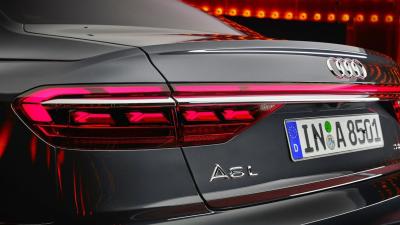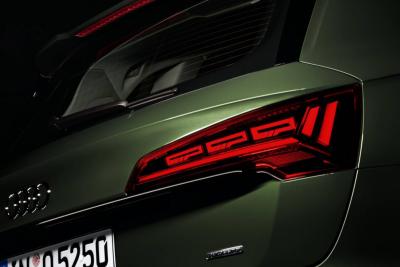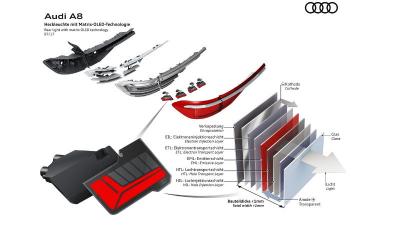The OLED lighting market is still in its very early stages as currently commercial shipments mostly consist of premium lamps and installations, and the industry target niche applications - such as commercial lighting, health-related solutions and the automotive industry.
OLEDs offer several unique advantages to the automotive market, and it's also a market with defined premium cars that can be used for early adoption of high cost technology. In the past few years, we've seen several car makers (including Audi, Mercedes and BMW) that started to adopt OLED lighting in car taillights. Initial adoption was for optional modules, but today several car models come with OLED lighting as standard. OLED lighting can be used for several applications within the automotive market.
Most people will think about OLED taillights, which are indeed a good application as the brightness needs are not high enough and are easily satisfied by OLEDs, and the uniformity, light quality, and unique designs enabled by OLEDs are relative strengths. OLEDs can also be used for signal lights, and side-markers, and can also be used for in-car lighting. Other possible applications include transparent brake lights and intelligent lighting solutions such as interactive lighting and external signaling.
Following are some samples of cars that utilize OLED lighting in taillights (either standard or optional).
Audi 2022 A8 and S8
Audi’s 2022 editions of the A8 and S8 cars will come standard with digital OLED rear lights. Customers can choose one of two light signatures on the A8 (the S8 offers three possible signatures). Audi says it will deliver the first cars in Q2 2022. The OLED panels are produced by OLEDWorks.

Hongqi H9 Sedan 2020
The 2020 H9 Hongqi (a Chinese automaker owned by FAW Car company) sedan uses OLED lighting panels for its taillights. The H9 uses 4 red OLED panels in each module. The panels are 131x32 mm in size and have 5 segments each. The color coordinate is CIY(0.69, 0.31). The panels are produced by Yeolight.
Audi 2021 Q5 SUV
The 2021 Audi Q5 crossover includes optional digital OLED taillights. The OLED taillights are built from three OLED panels (made by OLEDWorks), each with six segments. Audi offers three different "signatures" or designs, which the customers can choose from when buying the Q5. The segmented OLEDs show different lighting patterns with locking and unlocking the SUV, or to show a welcome pattern when you are close to the car. The OLED lighting taillights are optional on the Q5 and come standard on the SQ5 Prestige variant.

Bugatti Divo
The 2018 Bugatti Divo is a hyper-car, with only 40 units ever produced (and sold right on the announcement), with a $7.9 million price tag (without extras). The Divo has OLED taillights, of which very little is known:

If you want to get a comprehensive overview of the Automotive OLED lighting and display market, consult our market report, which includes all OLED display and lighting companies active in this market, details both PMOLED and AMOLED for automotive displays, flexible and transparent OLEDs and more.


